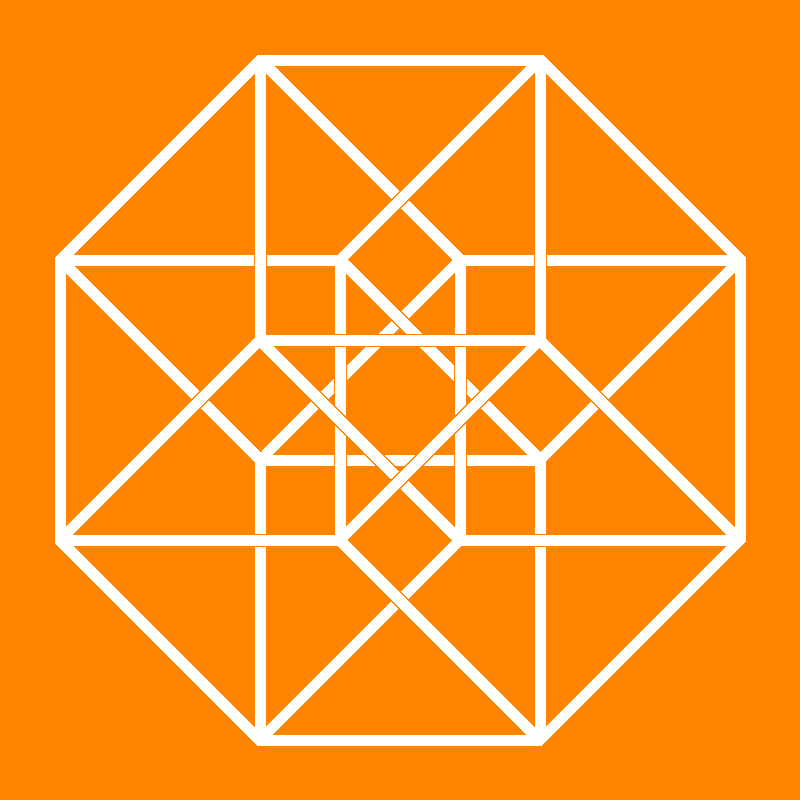
Journal for Geometry and Graphics 17 (2013), No. 1, 101--117
Copyright Heldermann Verlag 2013
Developing the Spatial Visualization Ability with a Virtual Reality Tool for Teaching Descriptive Geometry: a Brazilian Experience
Rodrigo Duarte Seabra
Inst. of Mathematics and Computing, Federal University of Itajubá, Av. BPS / n. 1303, 37500-903 Itajubá, Brazil
rodrigo@unifei.edu.br
Eduardo Toledo Santos
Escola Politécnica, University of São Paulo, Av. Prof. Almeida Prado, trav. 2 / n. 83, 05508-070 São Paulo, Brazil
eduardo.toledo@poli.usp.br
Due to the difficulty in understanding and learning Descriptive Geometry, combined with the lack of development of spatial abilities of most freshmen in engineering courses, an innovative tool based on Virtual Reality techniques was developed to support teaching the theme. The central hypothesis tested was whether the use of modern stereoscopic systems in the teaching-learning process facilitates visualization and the understanding of complex spatial situations and therefore supports the development of spatial cognition of students, especially of those with lesser ability. In general, the three student groups analysed showed improvements in the development of their spatial skills (p < 0.001). However, a statistically significant difference could not be detected by the analysis of average gains offered by the different treatments used in the experimental research.
Keywords: Evaluation methodologies, gender studies, improving classroom teaching, interactive learning environments, virtual reality.
MSC: 51N05; 97U50
[ Fulltext-pdf (246 KB)] for subscribers only.